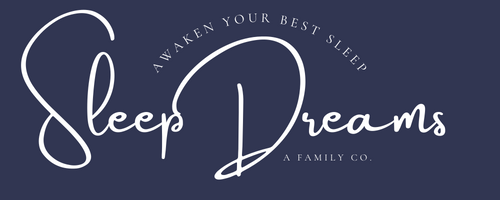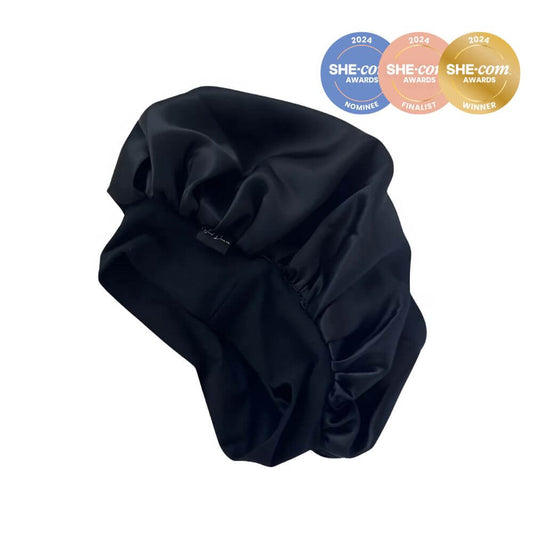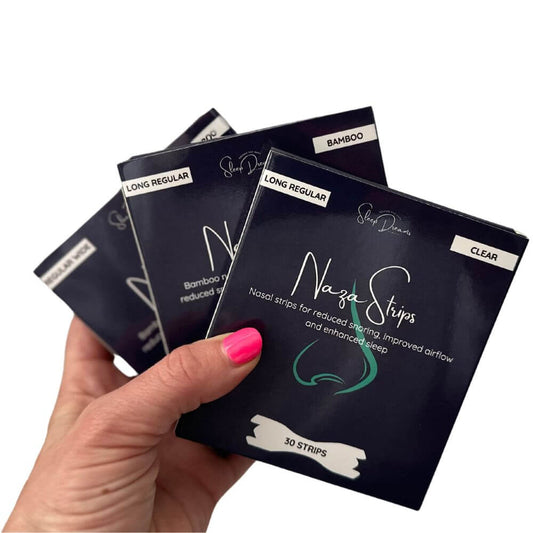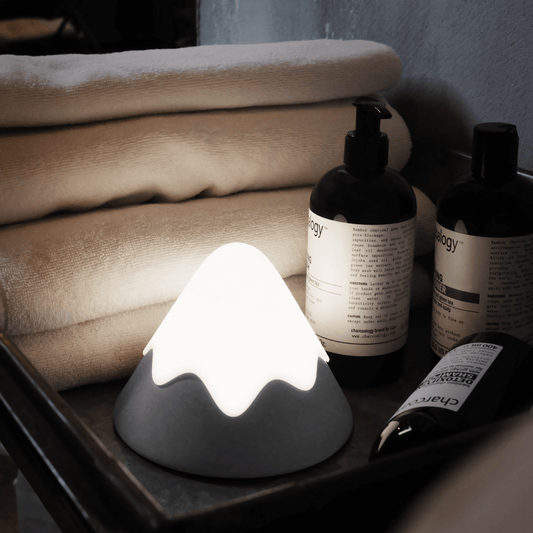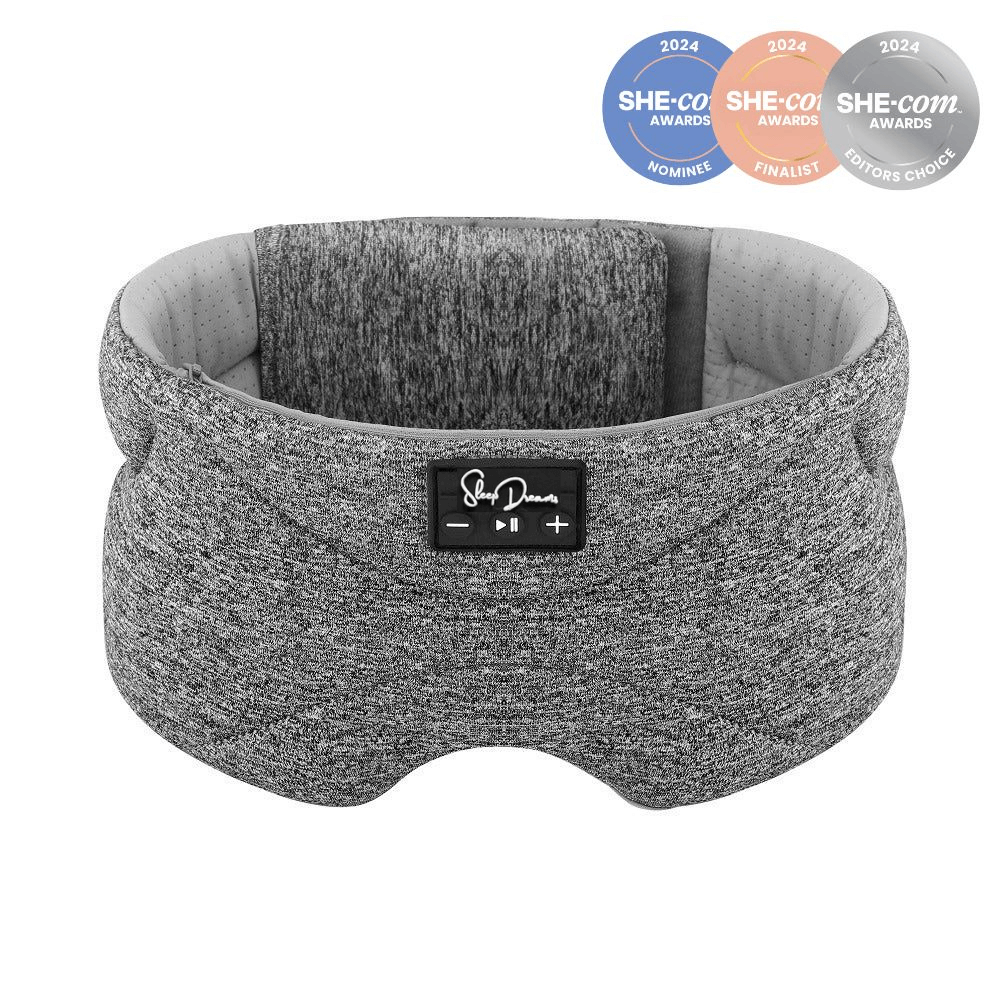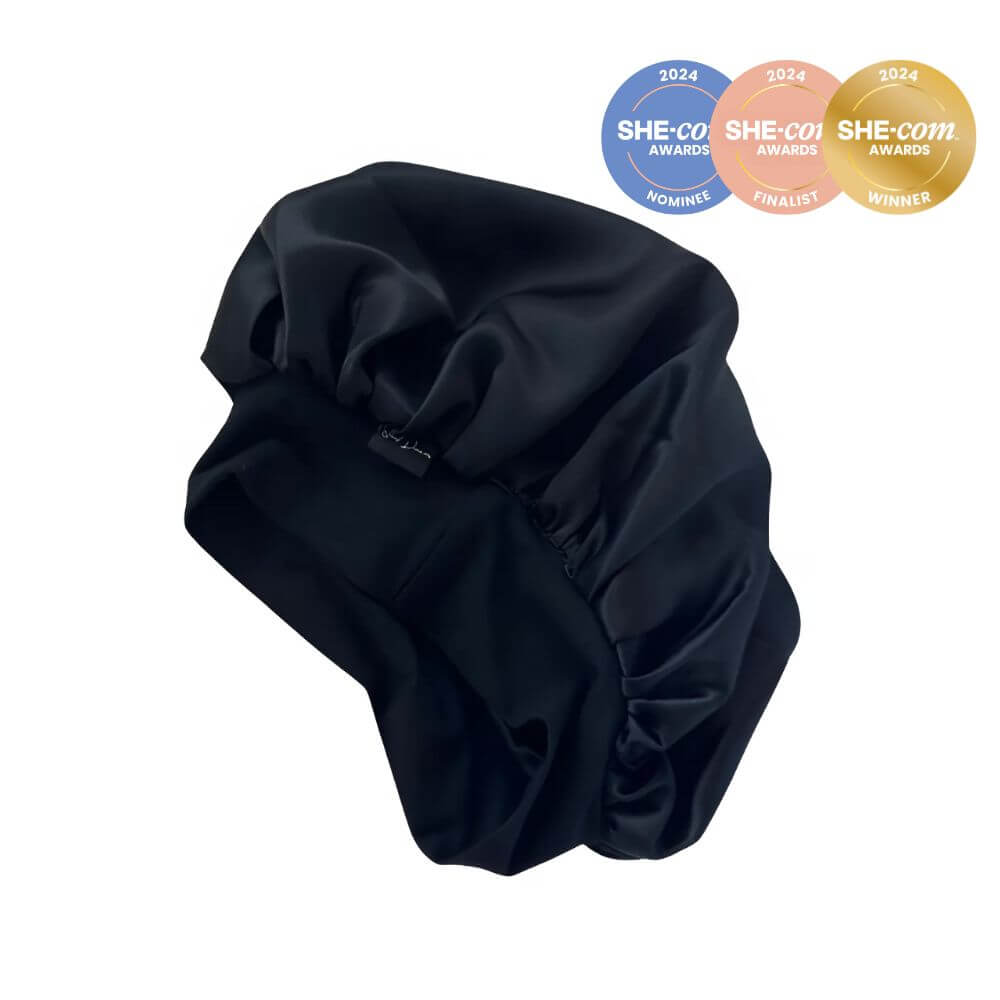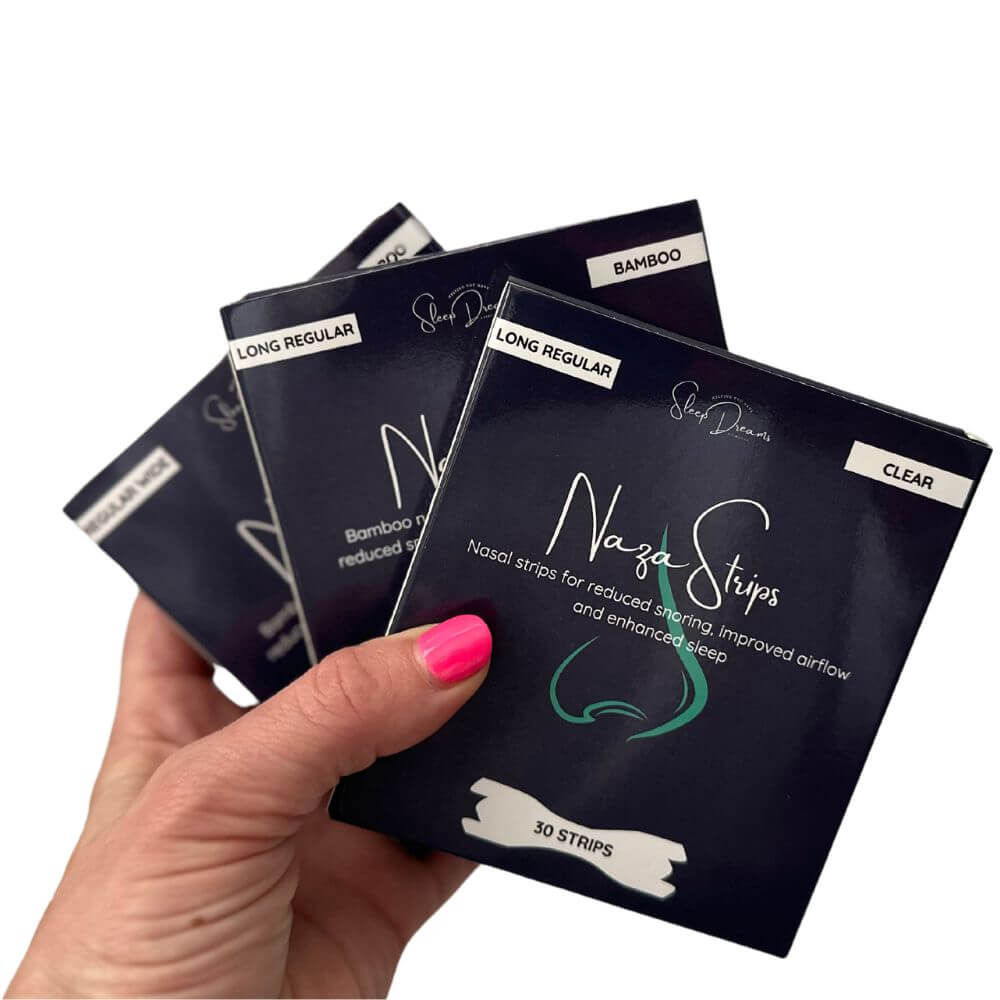If you’ve ever found that the right sound makes sleep feel delicious, you’re not imagining it. The right audio can help you drift off by lowering arousal, masking disruptions, and creating a predictable, soothing “auditory cocoon.” Below we unpack the science on music, white/pink/brown noise, ASMR and binaural beats – then translate it into practical, partner-friendly setups for real life scenarios like shift work, new-parent naps, tinnitus, and light-sleeping couples. We’ll keep it human, not clinical, and we’ll point to a couple of reputable sources where it matters.
Why sound helps sleep (in plain English)
- It lowers arousal. Bedtime music often improves subjective sleep quality in adults with insomnia, with low risk and few downsides. Effects on lab measures are smaller or mixed – but people consistently feel they sleep better.
- It masks noise. Broadband sounds (fans, “white/pink/brown” noise) can camouflage traffic, voices and daytime disturbances – useful for shift workers and city sleepers.
- It conditions your brain. A familiar wind-down sound becomes a cue that it’s time to switch off – routine beats novelty.
Music that soothes: what to choose and why
Tempo, texture and vocals
- Tempo: Favour slower music around 60–80 BPM beats per minute (roughly resting heart rate). This pace tends to feel naturally “sleep-paced.”
- Texture: Simple, gentle, sustained sounds (piano, ambient, strings, soft guitar). Keep dynamics smooth and percussion minimal.
- Vocals: Words can keep language centres busy. If sleep is the goal, go instrumental or minimal vocals and avoid your catchiest favourites right before bed to dodge “earworms.”
Genre myths vs reality
There’s no single perfect genre. Sleep-friendly playlists tend to share traits – lower loudness, slower tempos, higher instrumental content, and fewer abrupt changes. Translation: pick what you find soothing, as long as it’s calm, simple, and steady.
Noise “colours” 101 (and when to use them)
- White noise: Equal energy at all audible frequencies. Good for masking sudden sounds but can feel “hissy” to some people.
- Pink noise: More energy in lower frequencies (softer than white). Many like it for all-night masking because it’s less bright.
- Brown (red) noise: Even deeper emphasis. Great if you prefer a low rumble to blunt traffic or footsteps.
Bottom line: Choose the colour that feels calm and masks your specific environment without drawing attention to itself. Preference plus the match to your noise problem matters most.
ASMR and binaural beats – what to know
- ASMR: Whispers, soft tapping, and gentle role-plays can reduce heart rate and increase pleasant affect for people who experience ASMR. Not everyone gets “tingles,” but if you do, it’s a promising relax-to-sleep tool.
- Binaural beats: Slightly different tones delivered to each ear. Early studies suggest they may help with wind-down and sleep onset for some listeners. Treat as an optional experiment, not a cure.
Safe listening basics (so you can use sound nightly)
- Keep bedtime audio quiet and gentle. Weekly exposure limits are designed as upper bounds, not targets. See the World Health Organization’s safe listening guidance here: WHO – Make Listening Safe.
- Bedroom noise targets are low for good reason – spikes wake light sleepers. Aim for the lowest volume that still does the job.
- If you prefer headphones, avoid in-ear buds if you’re prone to irritation. Headband-style sleep headphones or an under-pillow speaker are comfortable for side sleepers at low volume.
What to play in real-life situations
Shift worker sleeping in the day
- Goal: Block daytime noise and lower arousal when your body clock says “awake.”
- Play: Brown or pink noise for steady masking; 20–45 minutes of 60–80 BPM instrumental (ambient piano, minimal lo-fi) for wind-down.
- Setup: Headband sleep headphones or an under-pillow speaker. Keep the room dark and cool.
New parent grabbing a daytime nap
- Goal: Downshift after adrenaline and crying noise.
- Play: Soft instrumental (piano/strings), gentle nature loops, or ASMR if you respond to it. Avoid catchy lyrical pop right before napping.
- Baby-safe note: If a sound machine is in the room with baby, keep volume modest and place it well away from the cot.
Light sleeper with a partner beside you
- Goal: Help you without waking them.
- Play: Pink/brown noise at very low volume; slow instrumental or guided breathing audio.
- Setup: Under-pillow speaker for minimal leakage, or a flat-speaker sleep mask.
Tinnitus at night
- Goal: Reduce contrast between tinnitus and silence.
- Play: Low-level masking (white/pink/brown) or gentle instrumental music.
- Setup: Keep volume steady and modest; consistency night-to-night helps.
Anxious mind or busy thoughts
- Goal: Take the mental load down a notch.
- Play: Ambient or modern classical at 60–80 BPM, lo-fi without vocals, or ASMR if it genuinely calms you.
- Tip: Avoid your most sing-along tracks close to lights-out.
Travel or hotel stays
- Goal: Normalise an unfamiliar soundscape.
- Play: Pink/brown noise for corridor doors and traffic; a short wind-down playlist of familiar tracks to cue sleep in a new room.
- Setup: Compact headband sleep headphones are plane- and hotel-friendly at whisper-low volume.
Quick chooser: environment → sound → setup
| Environment | Try these sounds | Setup tips |
|---|---|---|
| Daytime sleep (shift work) | Brown/pink noise; 20–45 min 60–80 BPM instrumental | Headband or under-pillow speaker; dark, cool room |
| New-parent nap | Soft instrumental, nature loops, ASMR | Keep any nursery sound machine modest volume and well away |
| Partner asleep beside you | Pink/brown noise; gentle instrumental | Under-pillow speaker or flat-speaker sleep mask |
| Tinnitus at night | Low-level white/pink/brown noise; gentle music | Steady, low volume; consistent routine |
| Anxiety/overthinking | Ambient/modern classical 60–80 BPM; ASMR | Avoid catchy lyrical songs pre-bed |
| Noisy neighbours/traffic | Pink or brown noise | Use the lowest volume that still masks peaks |
How Sleep Dreams customers typically set up
- Sleep headphones / masks: Great for side sleepers, partner-friendly, and perfect for instrumental, nature sounds, ASMR or binaural beats. Keep volume low.
- Under-pillow speakers: Excellent when you don’t want anything on your ears and want minimal sound leakage.
- Phone speakers by the bed: Fine in a quiet house, but keep volume down, disable notifications, and prefer pink/brown profiles over bright white hiss at higher volumes.
Practical playlist guidelines (5 simple rules)
- Keep it slow and simple: 60–80 BPM, minimal percussion, smooth dynamics.
- Instrumental first: Add vocals cautiously and avoid super-catchy tracks right before sleep.
- Pick a masking colour that fits your home: White for broad hiss, pink for softer balance, brown for low-rumble masking.
- Volume: lowest that works. Think whisper-quiet; safe listening is about keeping exposure modest.
- Routine beats novelty: Use the same short wind-down sequence most nights so your brain learns the cue.
Two solid references
- World Health Organization – safe listening initiatives: WHO: Make Listening Safe
- Cochrane Review summary on music-based interventions for sleep (high-level evidence overview): Cochrane Library
Please Note: We draw on broader academic and clinical literature to keep this guide accurate, but we’ve kept external links minimal to keep your reading focused. Your best “sleep sound” is the one that feels calm to you, suits your environment, and can be played comfortably at low volume.

